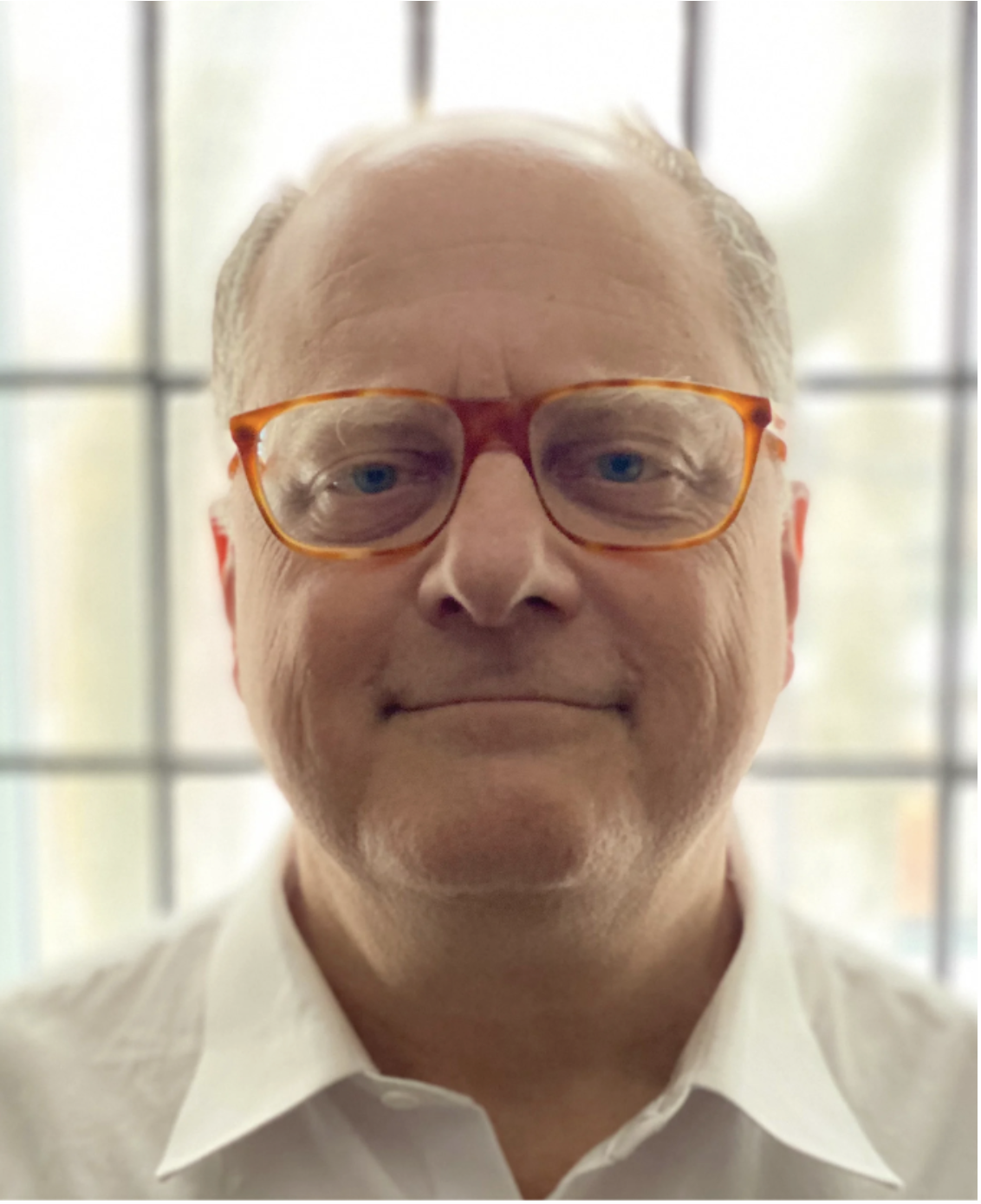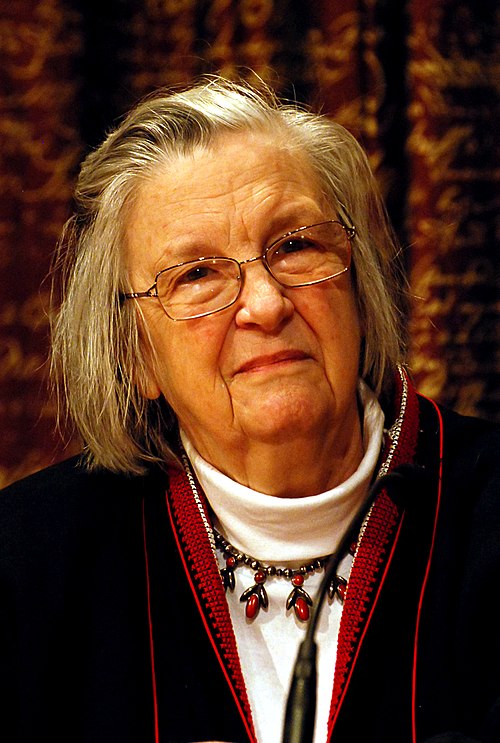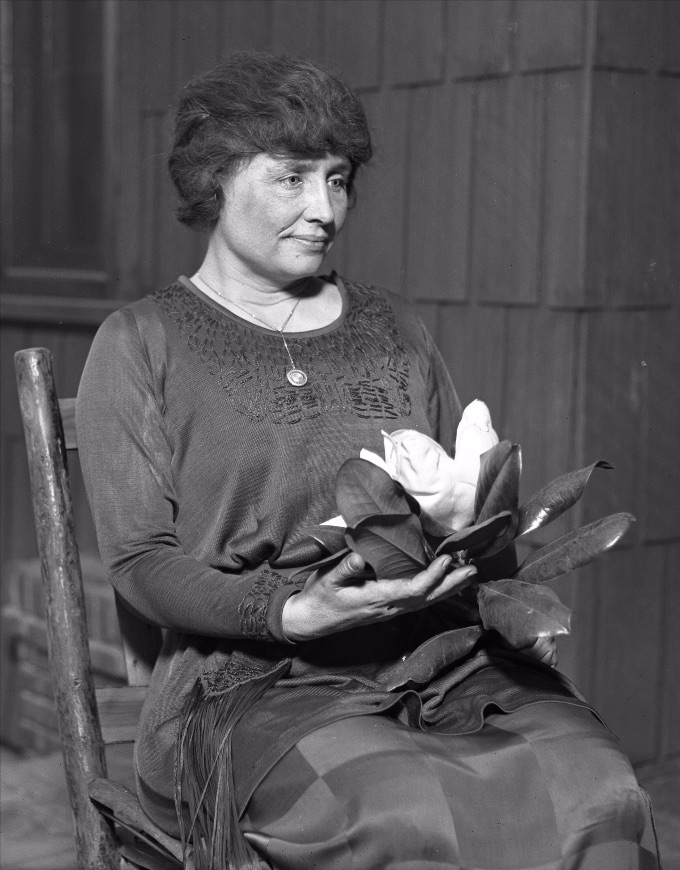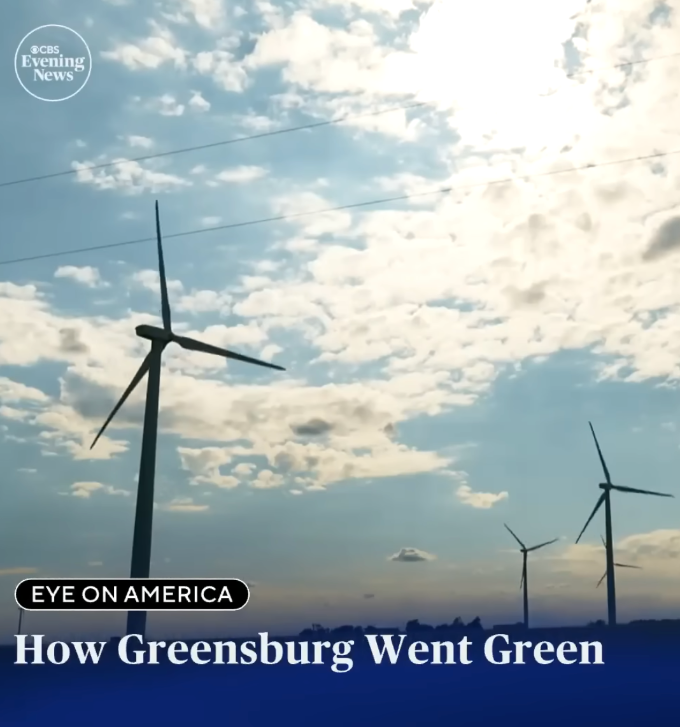August 15, 2025
Civics
Creating stories about what might happen in order to shape and change the future, not simply to predict or adapt to it

Adam Kahane notes that the people we most need to engage to change our political, social, economic, environmental, and cultural realities often disagree, misunderstand one another, or lack trust. That’s why we need to find ways to work together across deep divides. Photo via X.
I first met Adam Kahane in 2012, the same year he published his book Transformative Scenario Planning. Unlike traditional scenario planning, which focuses primarily on prediction and adaptation, Kahane’s approach uses the process not merely to understand the future but to actively shape it.
His method, which convenes stakeholders from across an entire system—including groups often in deep conflict—has had a significant influence on my own work. For Kahane, the goal of planning is not simply to forecast but to build shared understanding, forge relationships, and establish intentions that enable collective action toward transformation.
The circles he invites include people who may rarely speak to each other, and sometimes those who actively oppose one another. The diversity of voices is intentional, ensuring that no single perspective dominates and all are heard. Through this approach, scenario planning evolves from a diagnostic exercise into a catalyst for social and systemic change.
When Luiz Inácio Lula da Silva—who has served as Brazil’s president for two separate terms—was nominated for the Nobel Peace Prize for his efforts in poverty reduction, social justice, and peacebuilding, he credited Kahane’s work as a foundation for the kind of peacebuilding and systemic change Brazil has needed. Lula noted that this method embodies the essential process for peacebuilding and systemic change in deeply divided, mistrustful environments such as those Brazil has experienced.
In this presentation at the 2012 future-focused Creative Innovation conference in Sydney, AU, Kahane explores how transformative scenario planning can help societies confront their most complex and polarized challenges.
VIDEO: Transforming the Future with Adam Kahane




